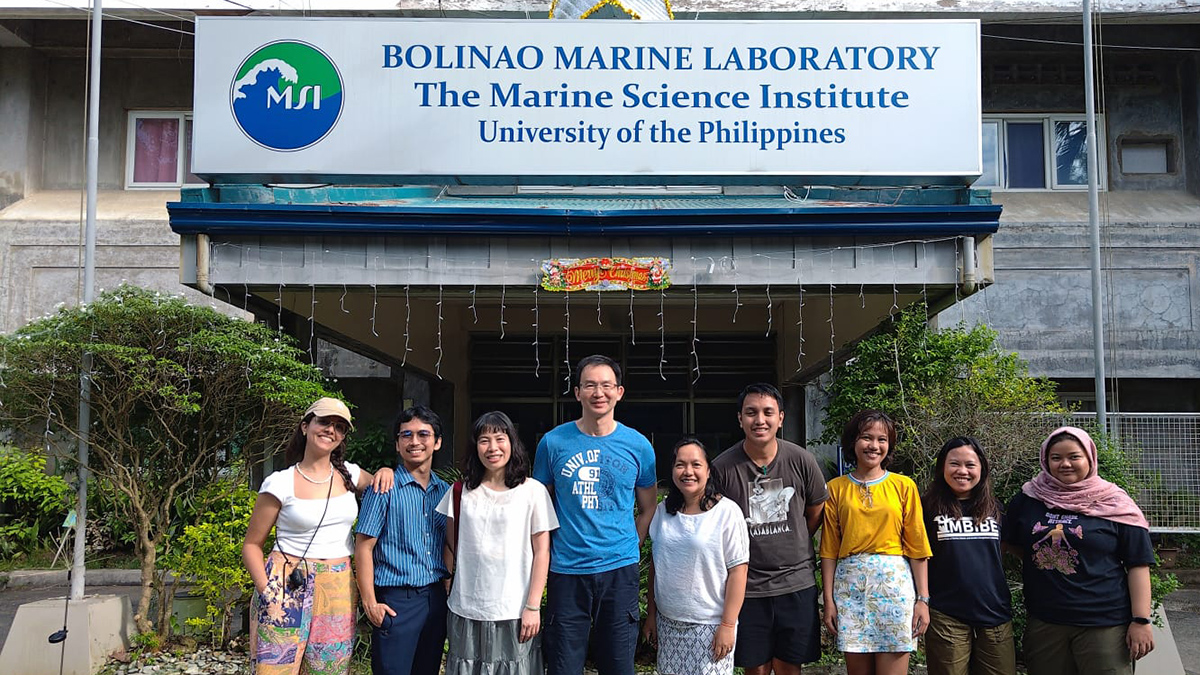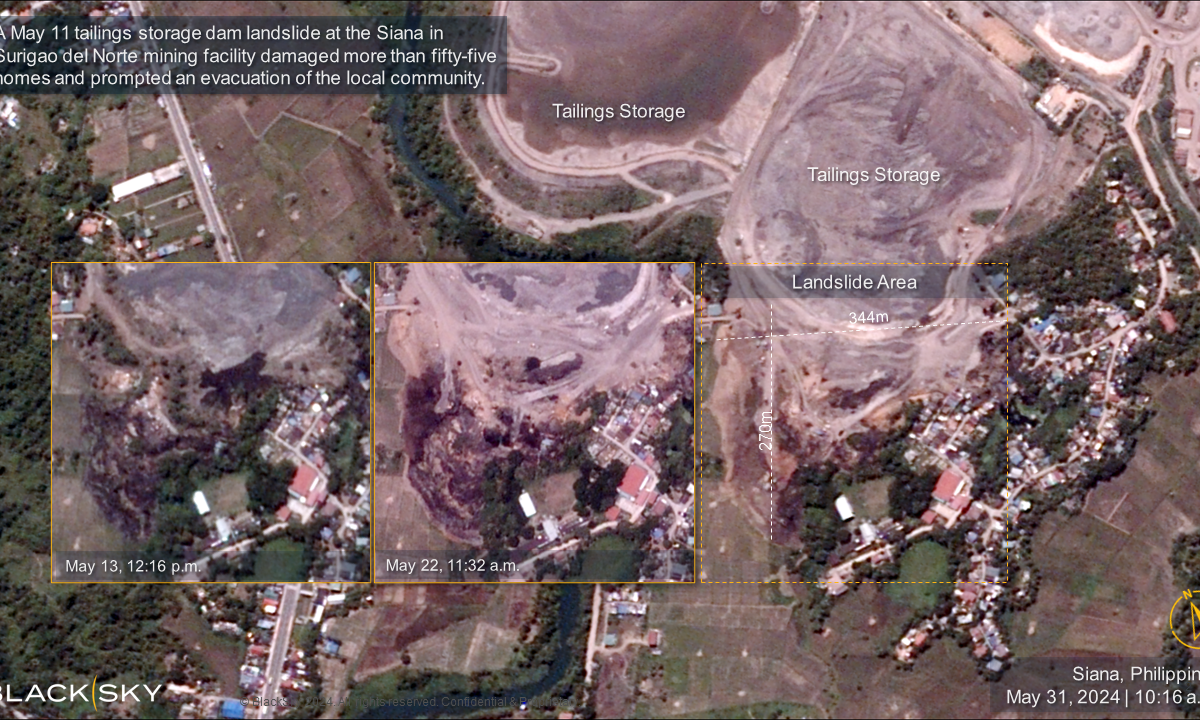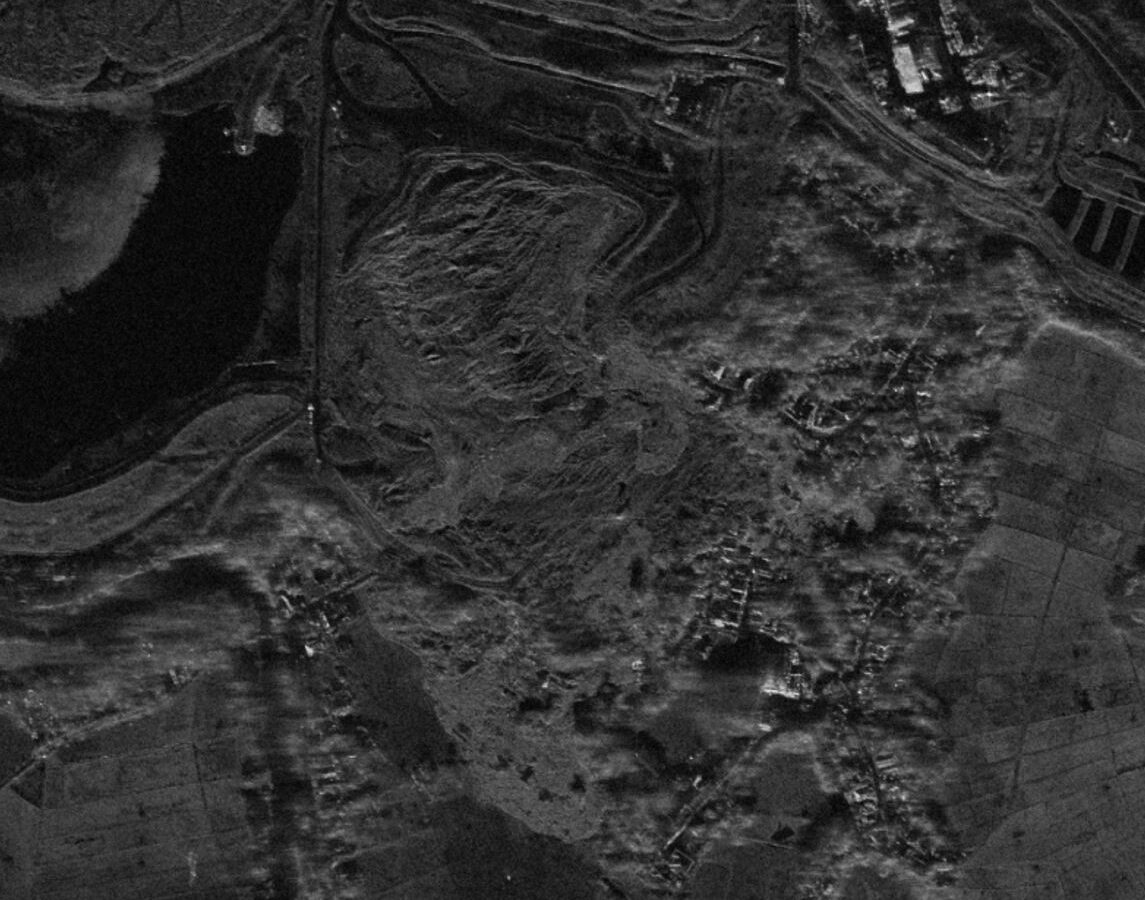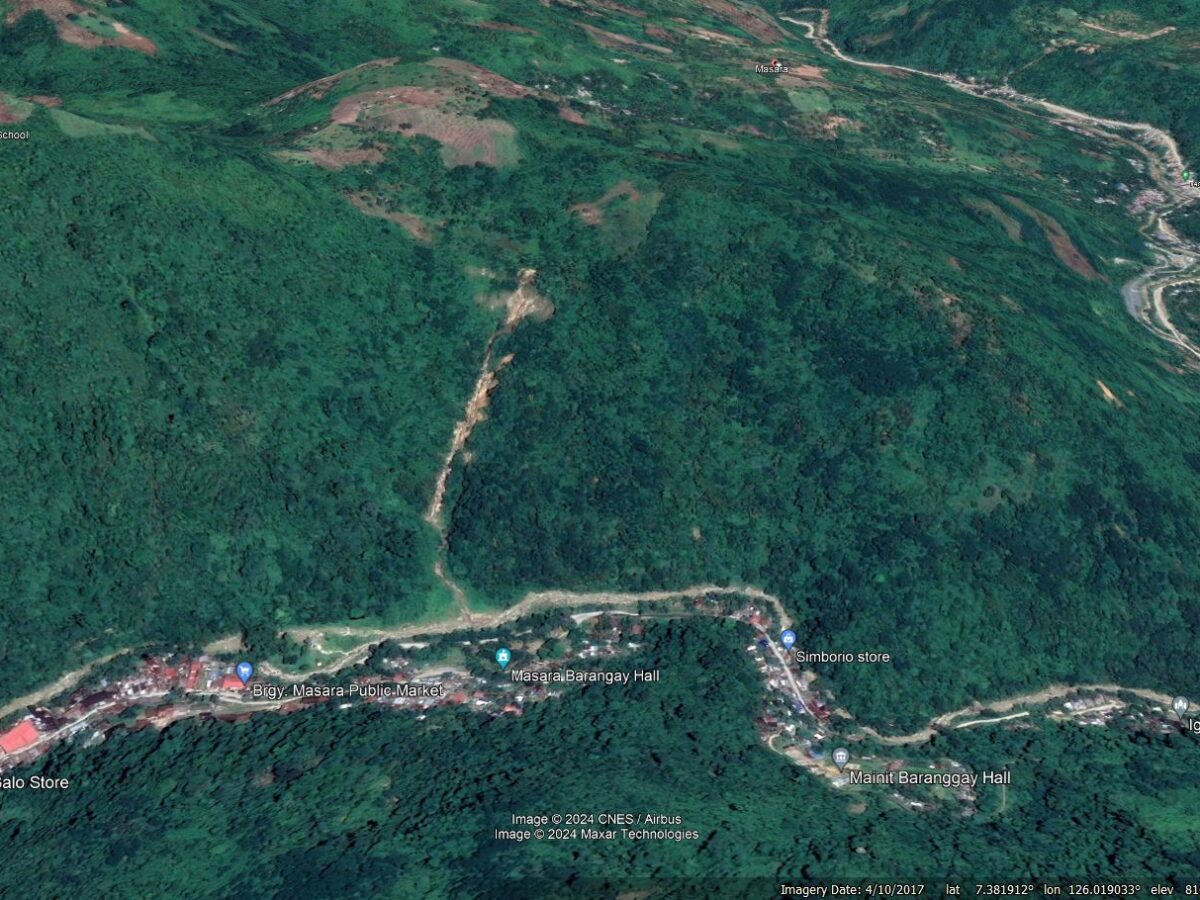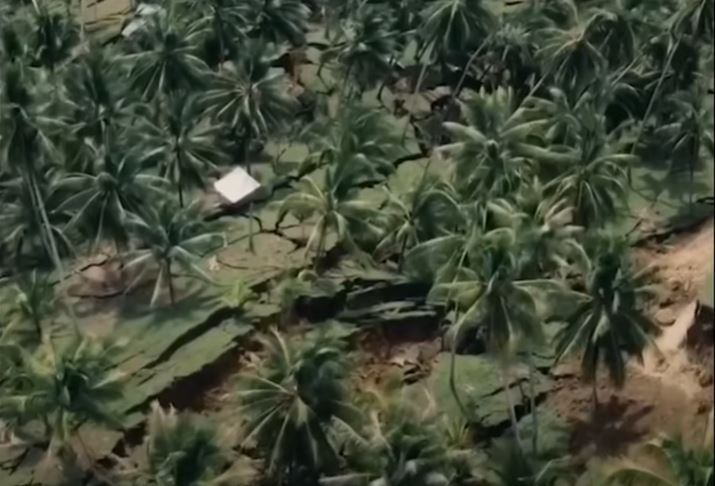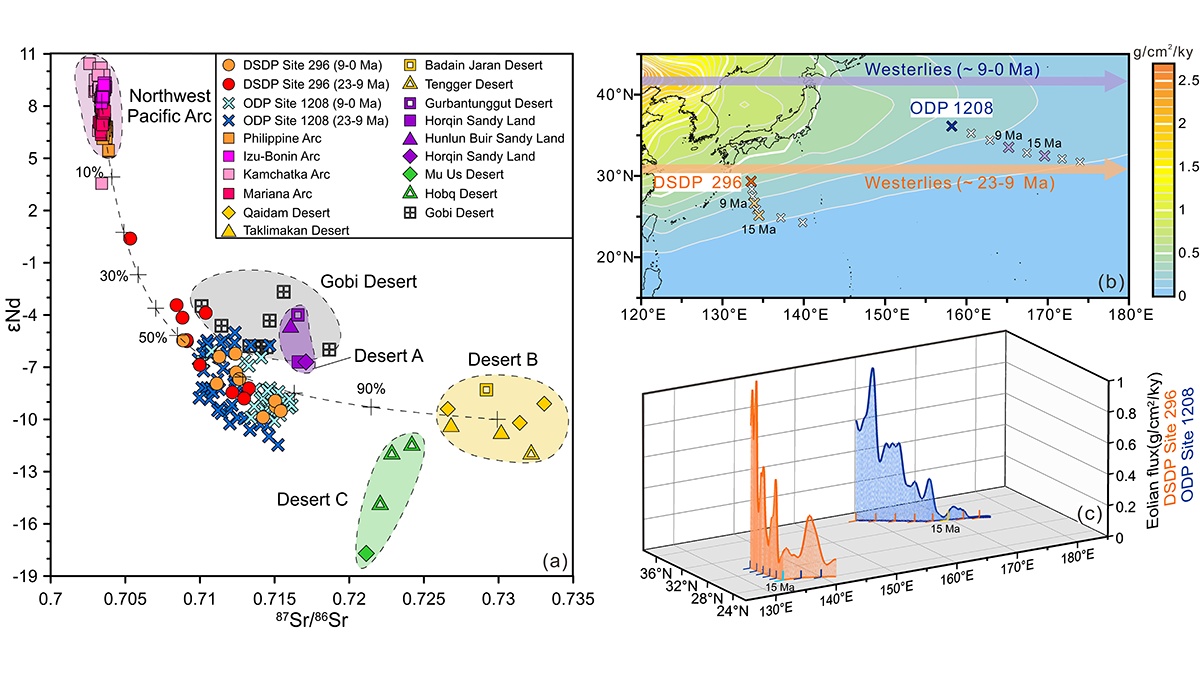As the ocean becomes increasingly inhospitable for corals, researchers in the Coral Triangle are turning to cryopreservation to freeze, thaw, and save the region’s hundreds of coral species.
Philippines
Seismotectonic Update of the Philippines-Taiwan Region
Using more than two decades of data, scientists find that the Philippine and Taiwan subduction region is controlled mainly by shallow seismicity and low magnitude earthquakes.
New satellite imagery of the 11 May 2024 tailings failure at Siana in Surigao del Norte, Philippines
The Landslide Blog is written by Dave Petley, who is widely recognized as a world leader in the study and management of landslides. Just under a month ago, I wrote about the tailings failure at the Siana gold mine in Surigao del Norte, Philippines. Capella Space captured good radar imagery of the site. We now […]
Satellite images of the 11 May 2024 tailings failure at Siana in Surigao del Norte, Philippines
The Landslide Blog is written by Dave Petley, who is widely recognized as a world leader in the study and management of landslides. Satellite imagery has now become available of the tailings landslide that affected the Siana gold mine in the Philippines on 11 May 2024. An interesting image has been captured by Capella Space, […]
The 11 May 2024 tailings failure at Siana in Surigao del Norte, Philippines
The Landslide Blog is written by Dave Petley, who is widely recognized as a world leader in the study and management of landslides. At about 5 a.m. local time on 11 May 2024, a significant tailings landslide occurred at a facility operated by Greenstone Resources Corporation (GRC) at Siana in Surigao del Norte, Philippines. Fortunately […]
Manila Confronts Its Plastic Problem
The Philippine capital is the latest city to address rampant plastic pollution through a community-guided protocol.
The 6 February 2024 landslide at Masara in the Philippines
The Landslide Blog is written by Dave Petley, who is widely recognized as a world leader in the study and management of landslides. On 6 February 2024, a large landslide struck the mining village of Masara in in Maco town, Davao de Oro in the Philippines. As of the time of writing, it had been […]
A Philippine Island Detective Story
Researchers snorkeled, drilled, profiled, mapped, and interviewed to unlock clues to how an island was born.
Landslides triggered by the 17 November 2023 M=6.8 earthquake in Sarangani in the Philippines
The Landslide Blog is written by Dave Petley, who is widely recognized as a world leader in the study and management of landslides. On 17 November 2023 at 4:14 pm local time, an Mw=6.8 earthquake struck the the area of Sarangani in Davao Occidental in the Philippines. The epicentre was located offshore at a depth […]
中新世输入菲律宾海的亚洲风尘增加
一项来自菲律宾海的新的深海风尘记录,结合西北太平洋已有记录的对比,展示了海洋风尘沉积如何记录大气粉尘通量或风力传输路径的变化。

